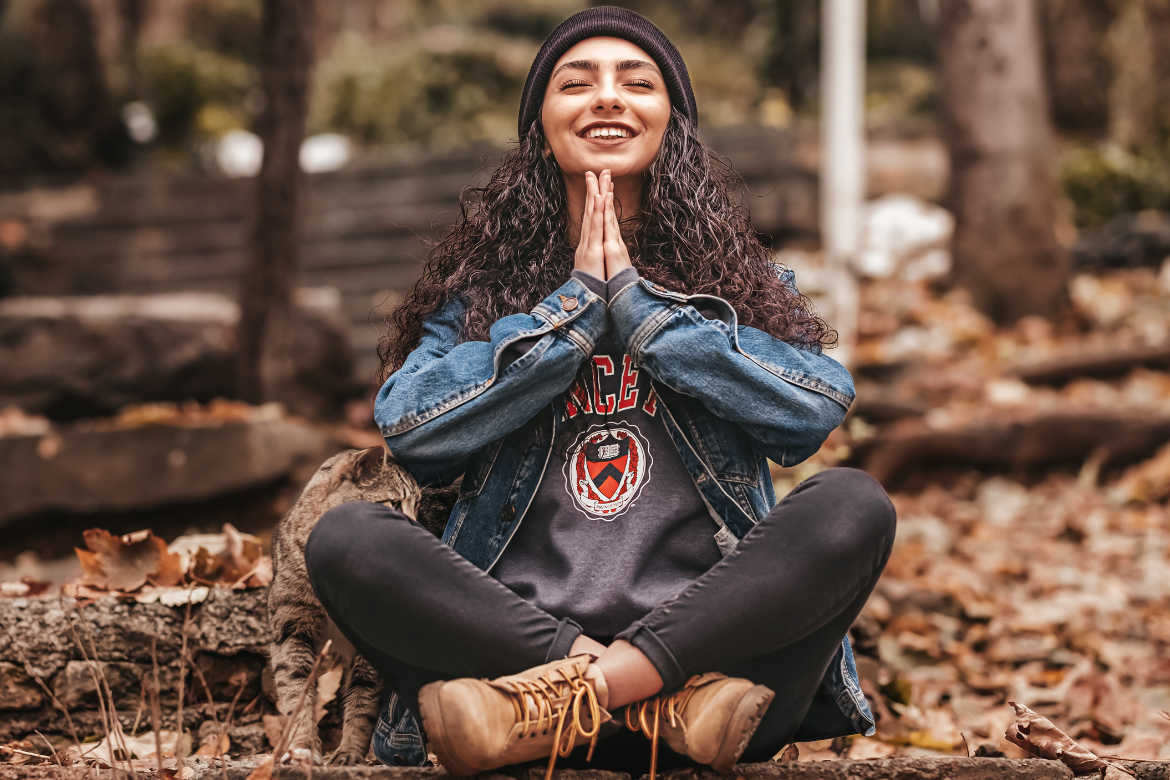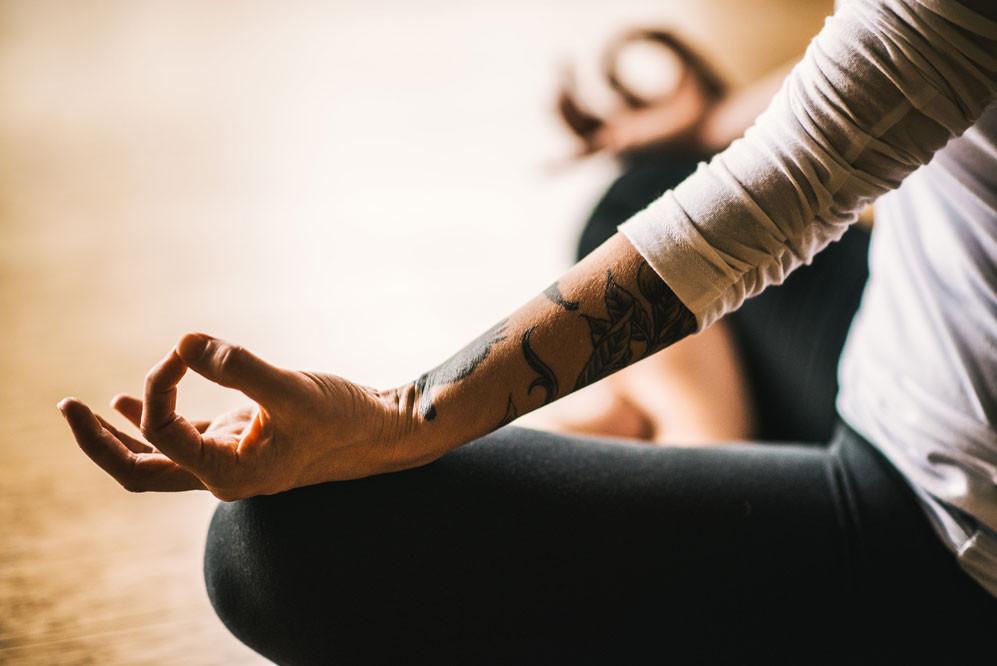

Which Meditation Style is Right for You?
by Counseling and Wellness Center of PittsburghOctober 20, 2021 help for anxiety, how to meditate, kinds of meditation, meditation, mindfulness, relaxation, stress management, wellness0 comments
There are a plethora of meditation styles available which can support your overall wellness goals. With such an array of meditation styles, you may wonder which form would be most helpful for you to reduce stress or induce your next nirvana. Since each meditation style require different skills and mindsets, read on to see which one might be right for you. Walking Meditation. Walking...Learn More
Meditation, Ommmm-my! Getting from Mind-Full to Mindfulness!
by Counseling and Wellness Center of PittsburghMarch 1, 2019 how to meditate, kinds of meditation0 comments
We all have the innate capacity for greater clarity, calm, and focus. Consciousness is in fact a skill that can be sharpened when each day we wipe clean the debris that clouds our minds and trickles even into our physical bodies. Mindfulness meditation is a kind of focused awareness where we become distinctly aware of our selves, the nature of our thoughts, the quality of the sensations...Learn More